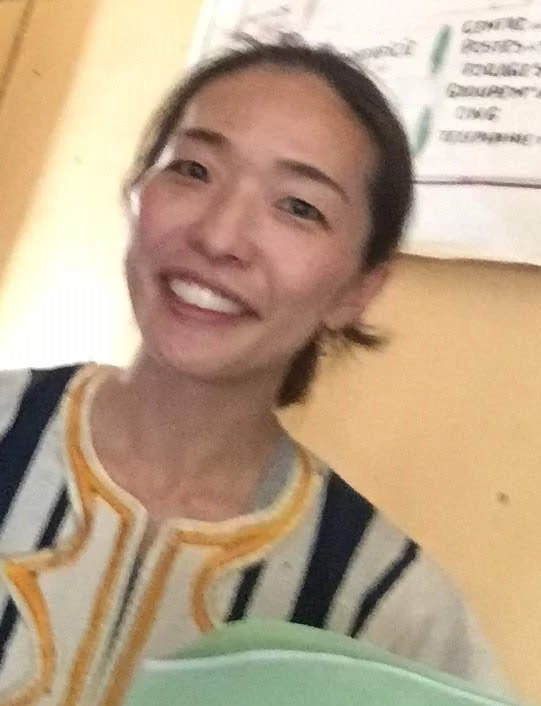
In Nepali, “Sunaula Hazar Din” means, “Golden 1000 Days” – which is a critical window of opportunity between conception and the age of two years that, with good health and nutrition, can mitigate the risks of malnutrition that hamper a child’s long-term physical and cognitive development.
Sunaula Hazar Din (SHD) is also the local nickname of the Government of Nepal’s recently completed “Community Action for Nutrition Project”, implemented by the Ministry of Federal Affairs and Local Development and financially supported by the World Bank from 2012 to 2017. The project aimed to improve practices that contribute to reduced under-nutrition of women of reproductive age and children under the age of two and to provide emergency nutrition and sanitation response to vulnerable populations in earthquake affected areas.
The project used a “Rapid Results Approach (RRA)”, where target communities formed groups of nine members that would collectively select and work on an activity to address malnutrition for 100 days. RRA focused especially on the “1000 days” households– namely, households with children under 2 years and pregnant and/or lactating women and also had community -wide interventions targeted to address malnutrition.
To better understand the local dynamics around the SHD design and activities, a qualitative study was conducted, with support from the South Asia Food and Nutrition Security Initiative (SAFANSI).
The study team gathered the voices of various stakeholders, including the community members, facilitators, and the village and district-level authorities. Listening to the voices of these stakeholders makes development practitioners and project teams recognize how participatory designs may work as expected – or not – in a specific context.
The qualitative study provided some very promising examples of community members who were satisfied with the project, and of effective collaboration between the community members and the local authorities. From this, positive behavioral changes were materialized and seen as sustainable.
For example, in the Terai region there was a very encouraging case where a facilitator successfully demonstrated universally praised leadership in a typically socially fragmented ward. With his guidance and support, the ward achieved its objective of Open Defecation Free, by constructing toilets and providing training for the poorest members of the ward who were selected in a transparent manner.
One of the ward members said that “we did not know that the construction of proper toilets and use of soap and water for cleaning hands could prevent the occurrence of diseases.” District officials and all community members were happy with the project outcome and were very proud of their accomplishment.
Some things did not always happen as planned. For example, involving women in the decision-making process was mandated in the SHD project so that the selected activity and resulting behavioral change could positively impact nutritional status of “1000 Days” households.
However, this doesn’t always mean adoption happens right away. Through the qualitative study, we learned that some women were forced to become members of a group without sufficient knowledge about their role, because community members tried to meet the project’s requirement of having female members in a group. One female member said, “I don’t know what my role was, I had to write my name and that’s all…. after that, I didn’t go [back to the meetings].” Another female member said that “there were many males and rich people so we did not talk in front of them.”
Raising awareness and ensuring support from a wider community (both men and women) upfront, combined with an effort to identify bottlenecks for women participation by identifying existing women-only small groups or having separate meetings is critically important when implementing this kind of project
Even when women were willing to learn and act, their meaningful participation—especially in a leadership position—was hindered. A project facilitator who worked with the community groups noted that “making women leaders is quite challenging as illiterate men start to feel threatened.”
The SHD project was designed to have the demand-driven steps embedded in the local existing governance structures, such as using the regularly conducted Ward Citizens’ Forum for identifying development needs in the ward, and to involve local governments in proposal approval and funds disbursement.
Considering the country’s shift towards federalism and that more authority will likely be given to the newly formed local governments (rural/urban municipalities, sub-metropolis and metropolis), lessons from the SHD project may provide valuable food for thought for new nutrition programs that aim to promote positive and sustainable behavioral change by engaging target communities.



Join the Conversation